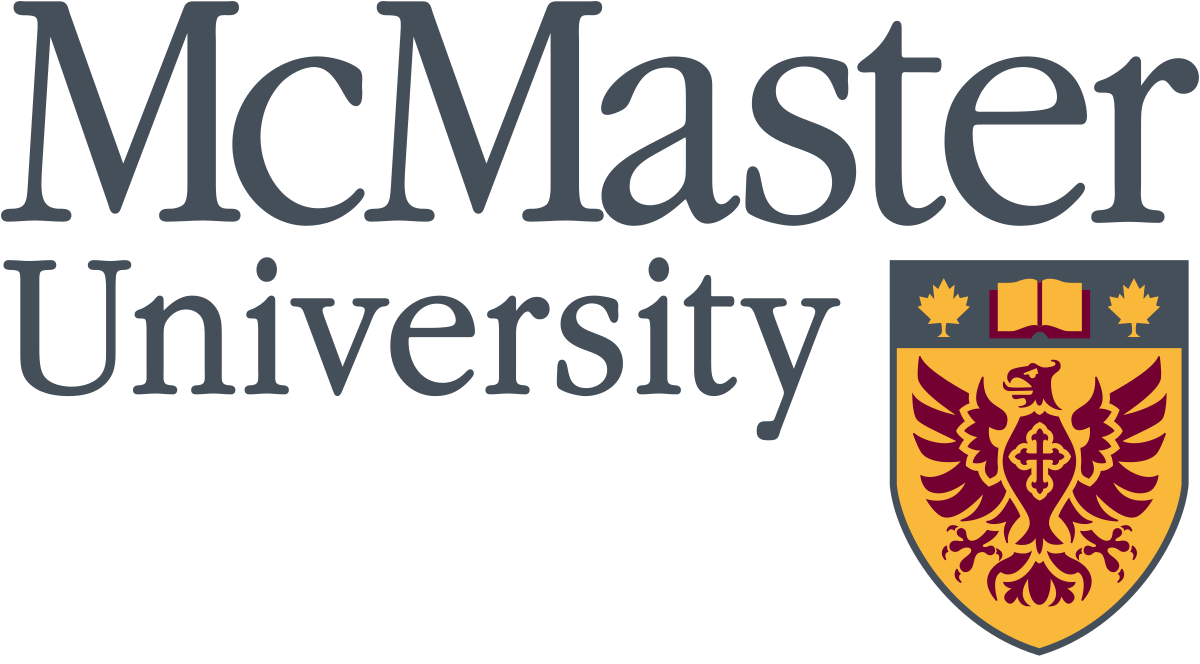

McMaster University researchers in Materials Science and Engineering wanted to produce titanium-iron alloy via additive manufacturing (AM) that was historically difficult to produce via traditional manufacturing methods. Mohawk College’s Additive Manufacturing Innovation Centre (AMIC) worked with them to develop process parameters for their high-powered laser AM system to easily produce components utilizing this alloy.
Future Ready Challenge
As strong as steel but incredibly lightweight, titanium has the greatest strength-to-density ratio of any metallic element and is highly resistant to heat and corrosion. Lightweight titanium alloys are used in many demanding applications, from marine and military to medical uses and dental to high-end sports equipment.
Certain grades of titanium alloys offer particularly high strength, toughness and fatigue resistance, but require high concentrations of expensive alloying elements, such as molybdenum, vanadium and chromium. Ti-185 is unique in that it can achieve these desired properties but uses iron, a low-cost alloying element. However, when manufactured through traditional processes, Ti-185’s iron components group together or segregate, rather than distributing evenly. This causes variations in composition and in mechanical properties, leaving the alloy unreliable and requiring extensive heat treatment to modify its microstructure. So although Ti-185 was patented more than 50 years ago, it is still not used commercially.
R & D Collaboration
McMaster University researchers in Materials Science and Engineering wanted to find a more effective way to produce Ti-185 alloys than casting. They looked to AM, or 3D printing, because it can produce components with specific complex compositions directly from powders or wires melted by a high-power-density heat source. Because AM prints products in close-to-final form (near-net shape), it eliminates most of the expensive and time-consuming machining of traditional manufacturing.
To test their hypothesis, The McMaster team asked Mohawk’s Additive Manufacturing Innovation Centre (AMIC) to develop process parameters to create components of Ti-185 alloy with minimal segregation and porosity, while achieving consistent mechanical properties.
Innovative Results
The research team at AMIC used Direct Metal Laser Sintering (DMLS) (also known as Selective Laser Melting (SLM)) to fabricate Ti-185 components, starting from elemental titanium and iron powders that would allow for future flexibility in alloy design. In DMLS, a high-powered laser fully melts each layer of metal powder, to produce extremely dense and strong printed objects.
In order to develop the process parameters (laser power, speed, hatch distance, layer height) to enable the production of fully dense Ti-185 samples for testing, AMIC had to create a design of experiment (DOE) to evaluate the optimal parameters to be used. Mohawk researchers used the EOS-M280 SLM to build a series of sample coupons for metallographic examination and mechanical testing by McMaster researchers. AMIC ran half a dozen trials prior to creating the final coupons that the McMaster researchers tested in their labs.
The McMaster research team confirmed that the SLM process can be used to create a high-integrity additively-manufactured Ti-185 structure with a remarkable combination of strength and plasticity, due to a very fine-grained structure and high dislocation density.
Researchers signaled great promise in their approach, noting that “Working with AMIC enabled us to open a new avenue for developing a new family of iron-titanium alloys for additive manufacturing.”


